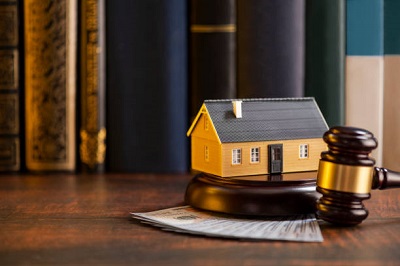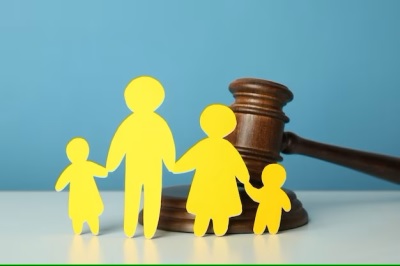Insolvency and bankruptcy pertain to financial states of individuals, businesses, or entities that are unable to meet their debt obligations, often resulting in financial distress. Insolvency signifies a financial condition where liabilities surpass assets, making it difficult to pay off debts as they come due. Bankruptcy, on the other hand, is a legal process initiated to resolve insolvency and provide relief to debtors and creditors. Here are key aspects of insolvency and bankruptcy:
Insolvency:
Balance Sheet Insolvency: Occurs when the total liabilities of an entity exceed its total assets.
Cash Flow Insolvency: Arises when an entity is unable to meet its debt obligations as they become due, even if its balance sheet appears solvent.
Bankruptcy:
Legal Process: Bankruptcy is a legal process initiated in court where the financial affairs of an insolvent individual or entity are reorganized or liquidated to address debt repayment.
Debtor and Creditor Relations: The process aims to provide a fair distribution of the debtor’s assets among creditors or to develop a repayment plan that allows the debtor to regain financial stability.
Types of Bankruptcy:
Chapter 7: Involves liquidating the debtor’s non-exempt assets to pay off creditors and discharge most unsecured debts.
Chapter 11: Primarily for businesses, allowing them to reorganize and continue operations while repaying creditors under a court-approved plan.
Chapter 13: Designed for individuals with a regular income, enabling them to develop a repayment plan to settle debts over a specified period (usually three to five years).
Bankruptcy Process:
Filing a Petition: The debtor initiates the bankruptcy process by filing a petition in the appropriate bankruptcy court, providing detailed financial information.
Automatic Stay: Upon filing, an automatic stay is implemented, preventing creditors from pursuing collection actions against the debtor.
Creditors’ Meeting: A meeting is held where creditors can question the debtor about their financial affairs and proposed repayment plan.
Approval of Plan: In Chapters 11 and 13, the court must approve the repayment plan. In Chapter 7, the trustee oversees the liquidation process.
Creditors and Debts:
Secured Creditors: Hold a security interest in specific assets of the debtor and have priority in repayment from the sale of these assets.
Unsecured Creditors: Do not have a security interest and are typically repaid from the debtor’s general assets.
Effects and Discharge:
Bankruptcy can result in the discharge of certain debts, relieving the debtor from personal liability for those obligations.
However, not all debts can be discharged, such as student loans, child support, and certain tax obligations.
Insolvency Resolution Outside of Bankruptcy:
Debt restructuring, negotiation with creditors, asset sales, mergers, or refinancing are alternatives to bankruptcy that can help resolve financial distress.
Understanding insolvency and bankruptcy is crucial for individuals and businesses facing financial difficulties. Seeking guidance from financial advisors and bankruptcy attorneys can help navigate the complexities of the insolvency and bankruptcy processes and make informed decisions regarding debt management and financial recovery.
we are here to help. Our dedication to providing personalized service and attention to detail ensures that your case is handled with the care and expertise it deserves. Thank you for choosing Meenuu pandey & Associates, we look forward to serving your legal needs.













Meenuu pandey & Associates © 2023 | Developed by Shivwebsindia.com